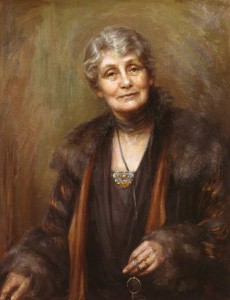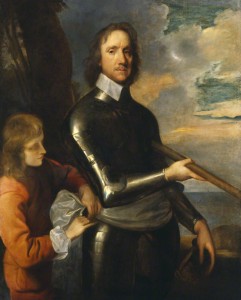History at Key Stage 3
The main ways portraits can assist the curriculum is through:
- Understanding cultural, ethnic and religious diversity through the visual representation of people.
- Considering the significance of events and people in their historical context and to the present day.
- Understanding how events and people have been interpreted and evaluating the validity of a range of interpretations, as well as being considered as a historical source and being evaluated as such.
- Understanding and evaluating visual codes and language for historical enquiry.
The appreciation and evaluation of the role of museums, galleries and historic sites in preserving, presenting and influencing peoples’ attitudes to the past is now part of KS3 curriculum. It is advocated that this is done through visits where possible.
Teachers and textbooks regularly use portraits within the classroom. These are mainly of famous figures from history, for example the differing depictions of Oliver Cromwell and Charles I to understand historical evidence and visual codes from the English Civil War. However, portraits of ordinary people are also used, such as mill workers in the 19thC.
How your collection of portraits can be used within Key Stage 3 History depends on the nature of your institution’s collections – the period, the medium, the people depicted etc. Examples below are based on known types of collections:
- A project on the impact through time of the movement and settlement of diverse peoples to, from and within the British Isles could be made through a collection of portraits, particularly photographs, of people from the local area (both historical and contemporary).
- A significant collection of portraits and material from a particular era, such as the Victorian period, could be used to explore the way in which lives, ideas and attitudes of people developed during that period.
- Local, family and personal history can be studied through either an activity around researching family history through photographs and / or a partnership with local archives.

Emmeline Pankhurst (1858-1928), militant suffragette, by Georgina Agnes Brackenbury (1865-1949), oil on canvas, 1927.
© National Portrait Gallery, London
A good example: Votes for Women
The National Portrait Gallery runs a session aimed at KS3 History and Citizenship (it can be modified for KS4), which looks at the portraits of people involved in the suffrage and anti-suffrage movement.
Students are required to analyse portraits of key figures and decide which side they are on. Quotes from these figures are then given and discussion is encouraged about the key people, the debates and the position today in comparison with the early twentieth-century.
A related online activity can be found here >>

